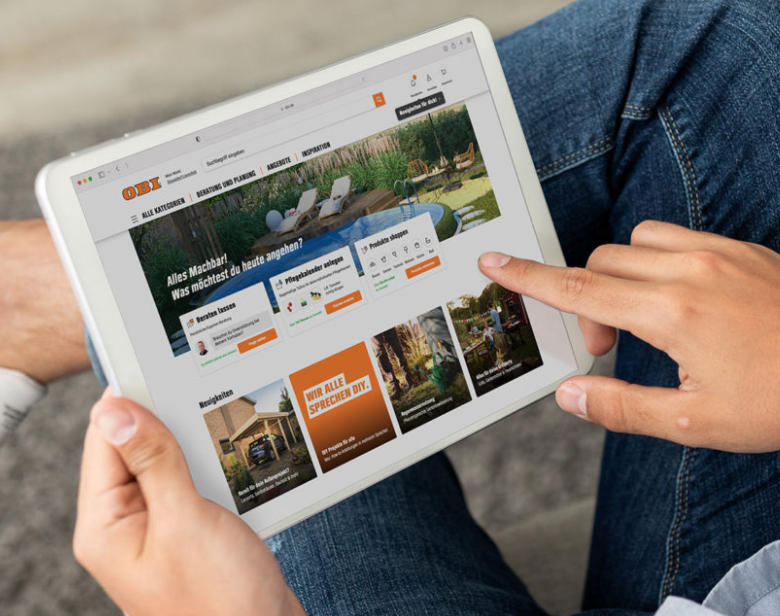IKEA has always been a retailer that has focussed on letting the customer do a bit of the shopping process themselves. Unlike many other retailers, IKEA stores are geared up to letting the customer browse and select, then go and pick out the relevant flatpack from the warehouse.
This ‘we do some, you do some’ approach has proved very successful and is something that the retailer is keen to extend to how it offers payments to its online and in-store – especially in the post-pandemic world that we now find ourselves in.
“The pandemic has certainly accelerated the need for alternative payment methods,” says Anna Pulante, Global Payments Manager, IKEA, who talks about the challenges in this webinar with Internet Retailing. “Before the pandemic,” she says, “we saw that [use of] cash was definitely decreasing, but that has shown up more significantly during the pandemic. The pandemic has highlighted that more customers wanted to opt to do things themselves.”
She continues: “So, any payment options where we can provide solutions where customers are able to have the option to choose how they want to pay, whether they want to use their wallet, their mobile phone, or be able to pay by mobile payments.”
However, to meet these changing payment demands is an ongoing and evolutionary job for IKEA. It is also something that, for a Global player, has to be looked at not only holistically across the organisation but also regionally by culture.
The answer lies in payments orchestration, which IKEA has been helped with by payments company ACI Worldwide. This essentially helps the retailer bring together all the different payment methods that consumers want to use and making them work together.
For IKEA this has meant looking at wallets, mobile payments and even QR payments both online and in-stores. For many markets, these are what customers are demanding, says Pulante.
“But we have to take it country by country – to make sure that from a customer journey perspective, we understand what value it brings for customers, and what customer journey we are looking to support.” she says. “And that it can also work within our current landscape. Ideally, it would be nice if one solution could apply for all, but we have to take a case-by-case approach to make sure that we know what impact it will have to implement.”
For IKEA making this all happen, globally-but-locally, is a mix of understanding both the customer and the business value, as well as technology. According to Anna, every market needs some kind of mobile payments and, whether that is something that is accepted across a region or just specific to that market, IKEA needs to be able to accommodate that.
“As each customer journey can be quite unique, balancing both the customer and business value with the effort to implement is very important to establish. From a technological standpoint, it’s important to have strong partners to support us in enabling these solutions for our markets,” she says.
What is key to IKEA is understanding the business value of any payment process that it implements. The company has some 30-plus markets in which it operates and assessing what works best in each – and where to direct investment in new payments process – can be tricky.
“We have to weigh up what is relevant from a market perspective and what will create the best customer value,” says Anna. “So, we see data and market insights become quite valuable in making these decisions in terms of what will have the greatest impact for our customers and business.”
Another challenge is how to prioritise what the company does in each region and how complex is it to implement some of these solutions?
Understanding all the pre-requisites to implement is important as the complexity doesn’t always come from technical development but also the change management required for operations and customer adoption.
The key thing, in Pulante’s mind, is that data and insights are fundamental to keeping up with how consumer habits are changing. “I emphasis on the customer feedback. I think having the ability to have an evaluation cycle using these insights creates in a more proactive and innovative payments ecosystem that enables fast and seamless omnichannel payments and positive customer experience.”
To find out more about payments orchestration and how it can help your business, download the Internet Retailing white paper here









